Gorditas with Queso & Beans, Like the Ones at Chicago’s La Chiquita
- October 2023
- By Vivi Abeja
- Recipe from Mexico
-
- (5)
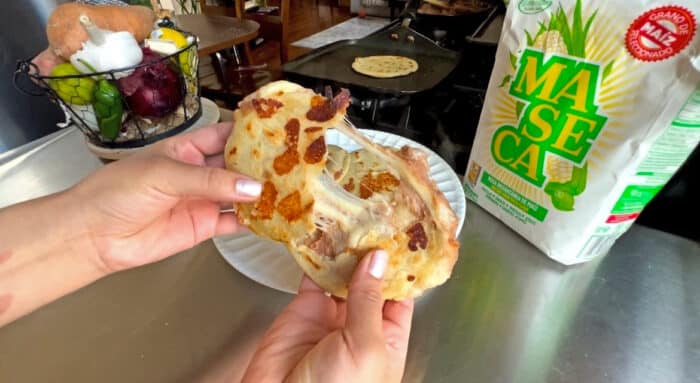
Gorditas are chubby tortillas made from masa harina and stuffed with your choice of favorite Mexican filling. For Vivi Abeja, one of our favorite Mexican cooks, that choice always has and always will be queso and frijoles — beans and cheese.
Just like the queso and frijoles gorditas she grew up eating in Chicago’s Little Village neighborhood where she still lives.
“Gorditas are special to me and my family,” Vivi told Familia Kitchen. “My grandparents lived in La Villita, a couple blocks from La Chiquita, a famous grocery store in our neighborhood that has a restaurant attached to it. My grandparents ate many times there: After church, after an afternoon of running errands, and with family and friends. They loved all the food from the restaurant, but their favorite were these gorditas de queso y frijoles.”
”They were always a treat and I can’t help but think about my grandparents every time I have those gorditas,” says Vivi.
Vivi and her grandmother, Elisa Abeja, were extremely close. Her Abuelita was a defining influence in her life and in the kitchen, and one of the reasons Vivi decided to make cooking her life’s work and passion. This past spring, at the age of 92, Vivi’s beloved grandmother passed away, joining Vivi’s grandfather. ”She is with los angelitos in heaven,” says Vivi of her Michoacan-born grandmother who put faith, family and feeding people she loved at the center of her life.

In her Abuelita’s honor, Vivi decided to perfect this gorditas recipe so that she could make them for family and friends and keep the memory of her childhood days at La Chiquita close to her heart.
”The difference between a gordita and pupusa is how you cook them. With pupusas, you put the filling in the raw masa, and both masa and filling are cooked together on the hot comal. With gorditas, first you cook the raw masa with no filling, and once it’s toasted and nice and golden, you slice it open, and add whatever filling you want. Then, you cook the gordita again to heat the filing.”
—Vivi Abeja, one of our favorite Familia Kitchen Mexican cocineras
How did she find her way to the final version of this recipe that tastes exactly like the deliciosas gorditas of her childhood?
”I learned to make gorditas from watching many people cook them around me: My grandmother, my tias and family friends,” Vivi explains. ”It’s been a journey to master the masa, but I think I finally got it down. The water ratio may change — like needing to add a little more water if the Maseca [masa harina] is very dry. But the thing that stays the same is the use of warm water, not cold water. The warm water helps with the hydration of the masa and brings out the best consistency.”
You might be wondering, as thousands of viewers did when Vivi posted this recipe to her Instagram this week: How are gorditas different then pupusas? Both are made with masa harina and filled with delicious rellenos like beans and cheese.
But they are different, says Vivi. ”The difference is how you cook them. With pupusas, you put the filling in the raw masa, and both masa and filling are cooked together on the hot comal. With gorditas, first you cook the raw masa with no filling, and once it’s toasted and nice and golden, you slice it open, and add whatever filling you want. Then, you cook the gordita again to heat the filing.”
The other way pupusas and gorditas differ is with their topping, adds Vivi. Pupusas are served with a slaw-like garnish called curtido, which is a slightly fermented mix of shredded cabbage, carrots, chopped onion, water, vinegar, and oregano. Think kimchi lite. On the other hand, gorditas are served with Mexican salsa, either green or red — up to you!
Thanks for clearing that up, Vivi. One last gorditas question. What is the secret to getting gorditas crispy-cheesy on the outside, like the ones you remember eating with your grandparents at La Chiquita?
”I sprinkle some cheese on the comal and placing my gordita over it, so I can have cooked cheese on the inside and outside of my gordita,” says Vivi. ”It gives it this delicious salty flavor and crunchy texture that I love.”
It took her a few months, but now that Vivi’s nailed the recipe this favorite childhood treat, how often does she plan to make gorditas — and for who?
“Now that I’m happy with the results I’ve been making them more often for my family. I recently made a gordita de frijoles y queso, some with tinga, and another with shredded chicken in chipotle sauce. This is the ultimate comida de pobre because you can add anything you have in your fridge, and it’s a delicious and filling meal. It’s comida de pobre but feels like a treat so I’ll be making these weekly, perhaps at the end of the week when it’s time to clean my fridge and I can use whatever I have on hand.”
Mexican comida de pobre is a term her grandmother coined for what she called ”poor-people food,” traditional Mexican dishes made with the least amount of simple and accessible ingredients. Think beans, onion, corn, chiles. The point was to affordably feed a traditional, soul-satisfying meal to a big group, like their family. To try more of Abuelita Elisa’s and Vivi’s comida de pobre favorite dishes, check out their recipes, including: Abuelita’s homemade frijoles, Michoacan-style red echiladas with queso fresco and onion; breakfast burrito with sausage and egg; and this crazy-good creamy poblano pasta bake — what her family calls “green spaghetti” that’s topped with a salsa Vivi describes, using all caps, as “LIQUID GOLD!”
Bottom line, says Vivi: Please try these gorditas at home. You will love them, she promises. ”Give this recipe a try, and once you get the hang of it, you’ll be making these by the dozen!” Vivi says. ”These are a perfect end-of-the-week meal because you can add whatever you have in your fridge and give your leftovers some life.”
Ready to Try Gorditas, Vivi’s homage to La Chiquita and her Grandparents?
MoreLike This

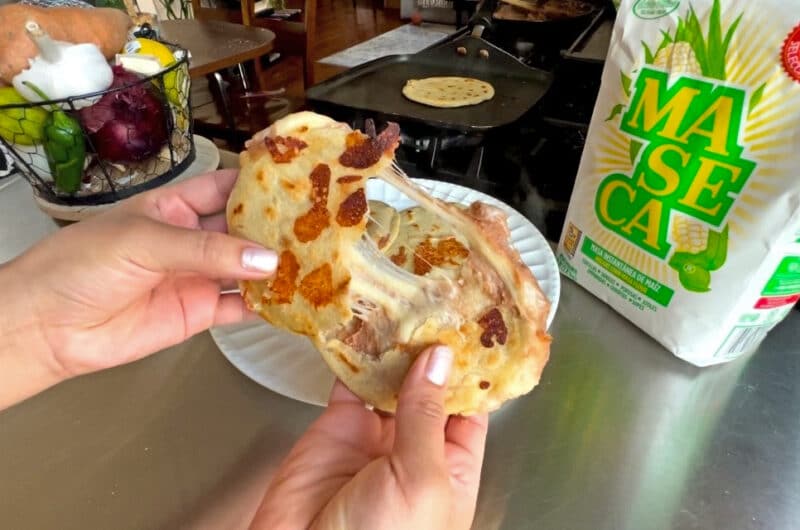
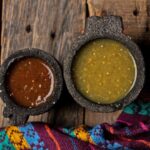
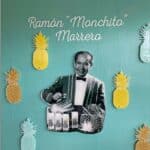


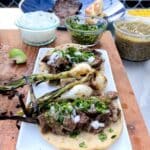
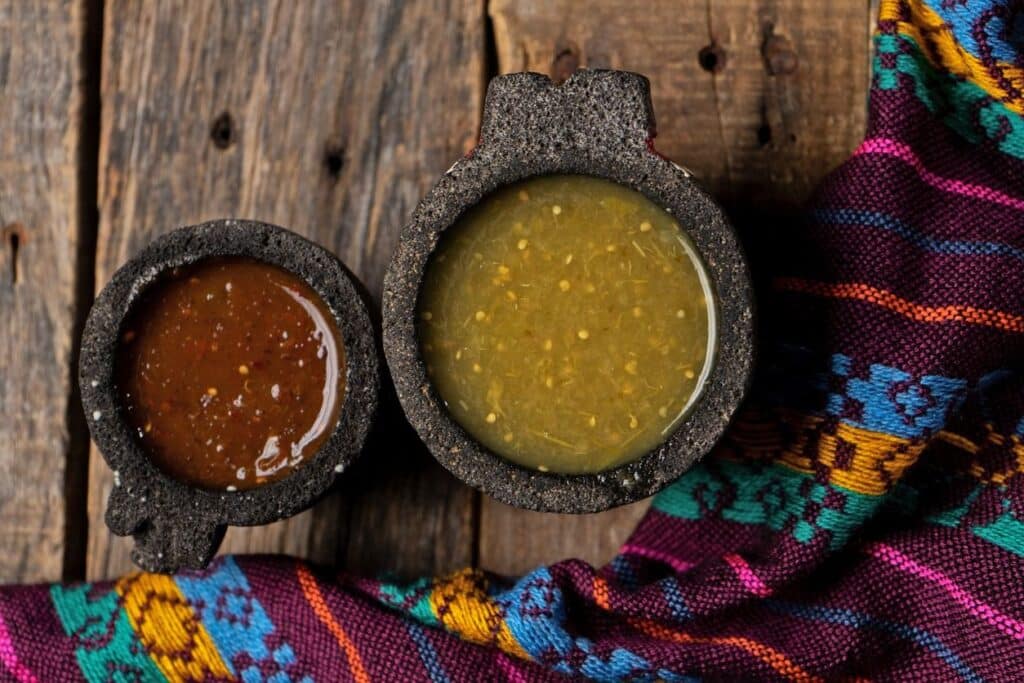

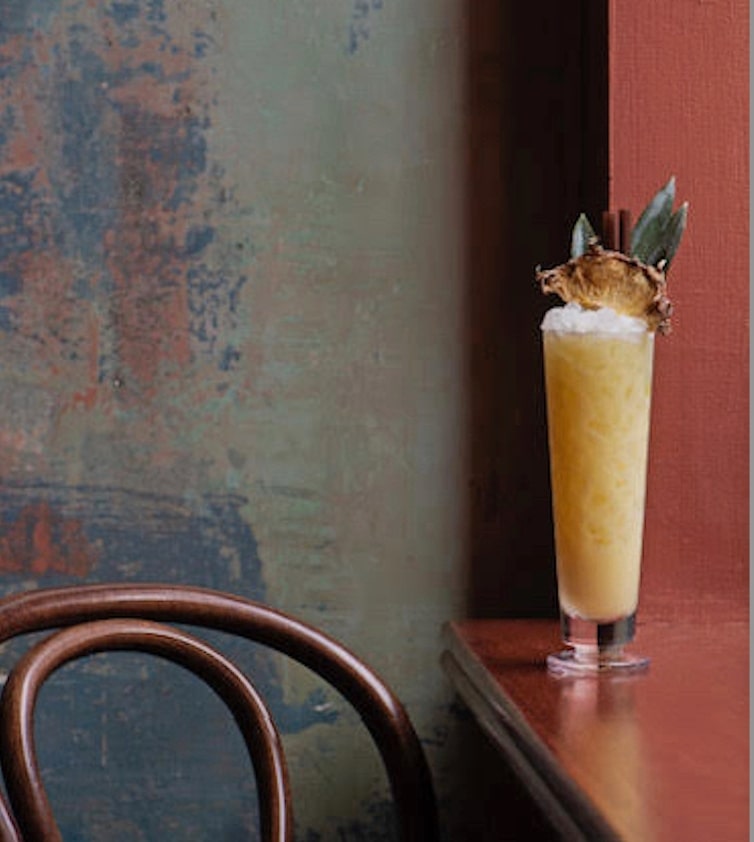
Got a question or suggestion?
Please rate this recipe and leave any tips, substitutions, or Qs you have!